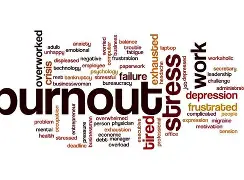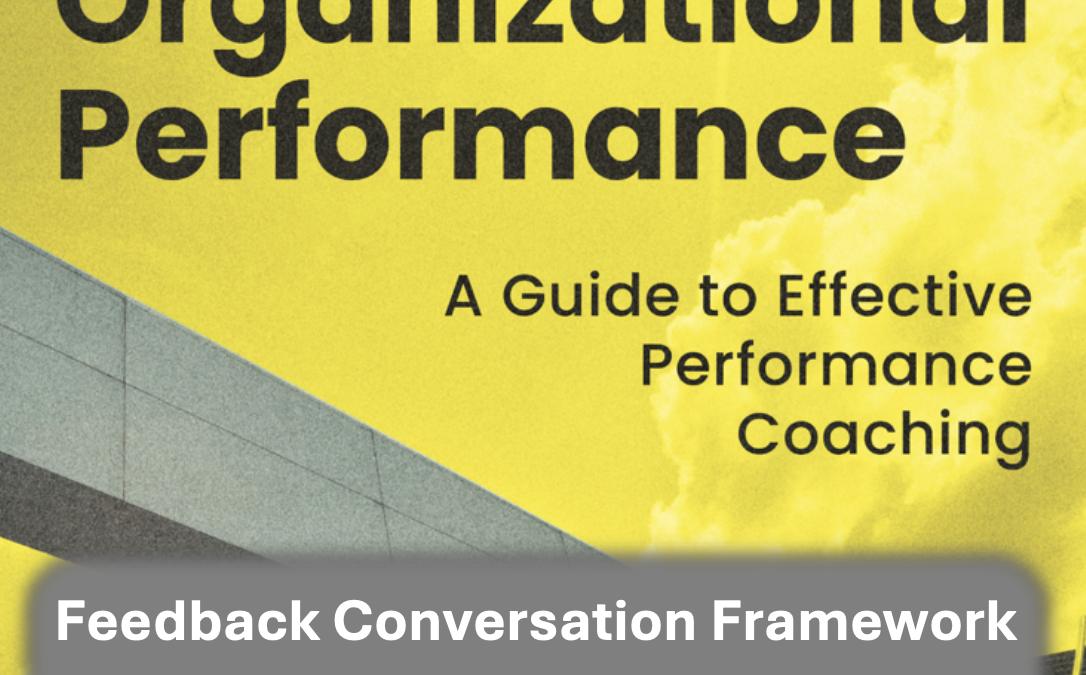The 3-2-1 Coaching Framework for Managing Remote Teams in a Hybrid World

The pandemic disrupted conventional office setups which left numerous leaders scrambling to achieve team performance among distributed workforces. Hybrid work models have become permanent but managers continue to encounter difficulties coaching remote workers. New research demonstrates that 72% of managers feel they lack the skills to manage remote teams with coaching being their most significant obstacle.
The conventional coffee chat coaching style fails to adapt to digital workspaces. My experience with multiple organizations during this transition period enabled me to create a straightforward yet effective framework that produces consistent outcomes known as The 3-2-1 Coaching Method.
The Remote Coaching Challenge
As we move toward learning about the framework we need to first examine how remote coaching stands apart from traditional in-person coaching practices.
Office-based coaching allows managers to gain contextual awareness during their interactions. Managers in office settings can detect frustration through body language and make informal check-ins during routine desk visits. Remote environments eliminate the spontaneous coaching opportunities which occur naturally in-person.
Employees working remotely face issues related to isolation and unclear work-life boundaries along with communication difficulties. Remote coaching must tackle distinctive obstacles to maintain high performance standards.
One operations director I coached admitted: Reading the room was my go-to strategy before shifting to remote coaching. During virtual meetings I feel as if I’m coaching without clear vision. Leaders in different sectors face similar challenges as they adjust their methods to operate effectively within virtual working environments.
The 3-2-1 Framework: A Practical Approach
I extracted remote coaching best practices from multiple organizations to create a straightforward framework which any manager can start using today.
3 Touchpoints
Remote workers require structured and consistent interactions more than those who work in office settings. Establish three regular touchpoints:
1. Weekly One-on-One: The weekly one-on-one video session lasts between 30 to 45 minutes to discuss only the employee’s priorities, challenges and development goals without touching on status updates. Managers should prioritize coaching approaches over project management tactics when working with remote employees. Coaching prompt: “Which single challenge do you need help resolving during our session today?”
2. Mid-Week Quick Connect: A brief 15-minute video session helps to overcome any new barriers that have appeared. The short meetings stop small problems from turning into big ones before the official one-on-one session. Coaching prompt: “If we resolved this one issue today, how would it improve your productivity for the rest of the week?”
3. End-of-Week Reflection: Team members exchange asynchronous messages through email or other platforms to discuss their accomplishments for the week along with learned lessons and upcoming weekly objectives. The practice promotes self-reflection which leads to accelerated growth. Coaching prompt: “Identify your top achievement from this week and explain what you learned from it before stating your main objective for the upcoming week.”
These touchpoints establish accountability while avoiding micromanagement and promote regular coaching conversations instead of reactive ones.
2 Types of Questions
The quality of your coaching is directly proportional to the quality of your questions. For remote teams, focus on two specific categories:
1. Forward-Looking Questions: These questions emphasize solution-finding instead of remaining stuck on problems. They energize rather than drain. Instead of: “Why did we miss that deadline?” Ask: Define your vision of success for next week and explain how you plan to reach those objectives. Instead of: “What went wrong with the client presentation?” Ask: What steps will you take to use your insights from this presentation in your next one?
2. Agency-Building Questions: These questions enable team members to resolve problems on their own while taking responsibility for their professional growth. Instead of: “Why isn’t this done yet?” Ask: Which support or resources are essential for you to successfully tackle this challenge? Instead of: What approaches have you already considered for this situation?
These types of questions develop ownership and problem-solving skills which remote employees require to function independently. The regular application of these question patterns enables you to cultivate team members who function independently and need minimal leadership oversight.
1 Clear Agreement
Ensure that every coaching session ends with a specific agreement about future actions.This could be:
· A specific deliverable with a deadline
· A skill to practice until your next conversation
· A resource the employee will utilize
· A decision the employee will make
Clear agreements eliminate the uncertainty that frequently disrupts remote work arrangements and build momentum between coaching sessions. Keep the agreement documented in a shared location to maintain alignment between all parties.
The “1” component of the framework compels users to prioritize their tasks. When preparing for your next discussion with an employee, concentrate on a single action item that will deliver the greatest impact.
Making It Work in Practice
The framework’s effectiveness for hybrid teams stems from its ability to adapt. Face-to-face meetings during in-office days facilitate deep coaching sessions while remote work days utilize virtual platforms for fast connections and accountability check-ins.
A technology leader who used this framework with her distributed team experienced a 24% rise in engagement scores during a single quarter. Team members expressed feeling both “seen and supported” even though they worked remotely from their manager and coworkers.
The leader of a marketing department customized the framework to align with their specific organizational culture. The team transformed their “end-of-week reflection” into a virtual ritual which allowed members to simultaneously post their responses on a digital whiteboard. The collaborative approach enhanced team relationships while preserving coaching advantages.
Technology: An Enabler, Not a Substitute
Technology tools support the 3-2-1 framework while coaching remains an essential human function that technology cannot replace. Select tools that decrease resistance in your workflow instead of adding obstacles.
• Video platforms with good connection quality
• Shared documents for tracking agreements
• Asynchronous communication tools for reflections
• Calendar integrations to ensure consistency
What makes the 3-2-1 approach so effective is its straightforward nature. The structure generates consistent results while granting sufficient flexibility to support various working styles and time zones.
Performance coaching must adapt since our virtual world eliminates the possibility of physical closeness and unplanned meetings. Leaders who succeed best know how to modify their coaching methods so they overcame physical gaps and preserved human connections.
The 3-2-1 framework focuses on both remote performance management and cultivating self-driven professionals who succeed in any work location.


